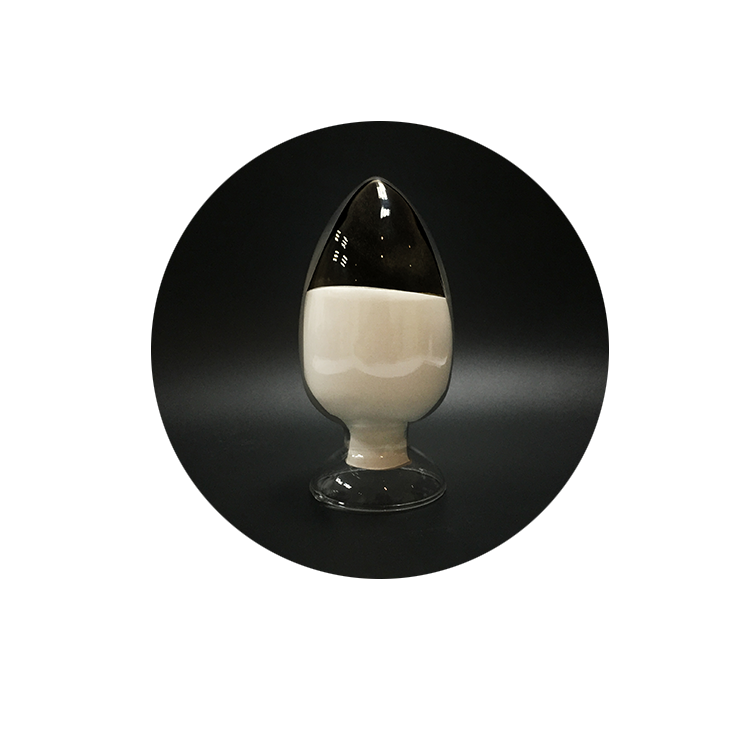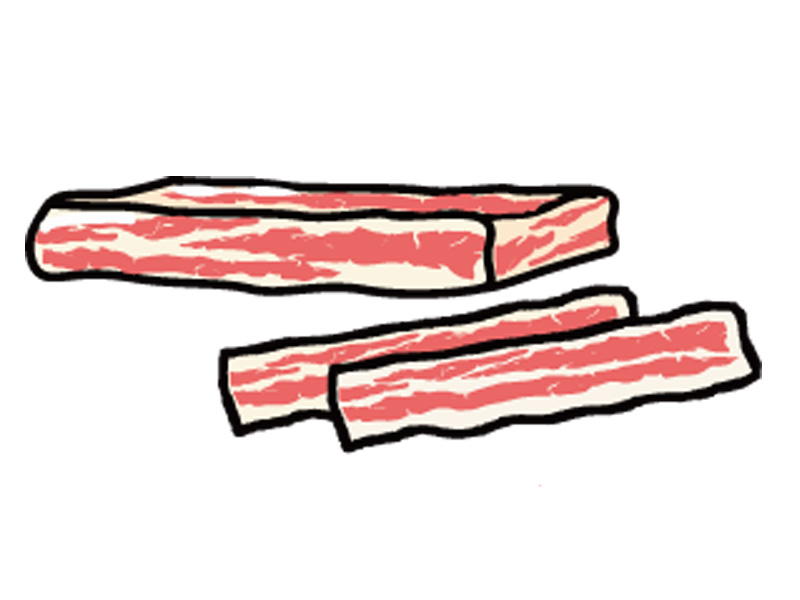What is the Difference Between Alkaline Xylanase and Acid Xylanase?
To understand xylanase, let us first introduce xylan, a hemicellulose homopolymer composed of xylan units linked by B-1,4 glycosidic bonds. It is formed by connecting the pectin of the cellulose matrix. Xylan and cellulose are two important polysaccharide components, and their hydrolyzed products are two categories of xylose and glucose. For example, in feed processing, the addition of xylanase can reduce the anti-nutritional effect of non-starch polysaccharides, improve the performance of the feed, and make it easier for animals to absorb nutrients from the feed, so xylanase is widely used. Here we talk to you about the difference between two important members of xylanase, alkaline xylanase and acid xylanase, so that you can better understand xylanase.
1. What is alkaline xylanase? What are the main applications?
Alkaline xylanase is a xylanase with high enzymatic activity under alkaline conditions. It produces many types of microorganisms, mainly bacteria, and is an enzyme preparation obtained by liquid submerged fermentation and biological extraction. Its pH value: 6.5-9.5; Reaction temperature: 40℃~60℃.
Alkaline xylanase is mainly used in the bleaching of pulp in the paper industry. During the pulp cooking process, xylan is partially dissolved, denatured and redeposited on the fiber surface. Conventional bleaching is by the hypochlorite method, which increases the discharge of pulp and paper industry wastewater and pollutes the environment. The use of alkaline xylanase can replace hypochlorous acid bleaching. The principle of enzymatic hydrolysis is that after adding alkaline xylanase, the deposited xylan can be decomposed, and the pores of the pulp matrix are enlarged at the same time. Pigment substances are relatively easily released from cellulose, and bleaching agents are more easily penetrated into the pulp. This in and out greatly improves the bleaching rate of the pulp, reduces the amount of pulp bleaching agent and production costs, and also reduces the polluted environment.
2. What is acid xylanase? What are the main applications?
Acid xylanase is a xylanase with high enzymatic activity under acidic conditions, and produces many kinds of microorganisms. Acid xylanase is derived from selected Trichoderma, and is extracted and dried by liquid submerged fermentation and modern organisms. The food-grade solid enzyme preparation prepared by technology and other processes has a pH value of 4.0 to 6.0 and a reaction temperature of 40°C to 60°C.
Acid xylanase is mainly used in the fields of plant extraction and feed processing. The main components of feed raw materials are crop stalks, such as straw, corn stalks, sweet potato vines, etc., which contain a large amount of cellulose and hemicellulose. The main component of hemicellulose, xylan, is a non-starch polysaccharide, which is difficult for animal digestion. Contact and decomposition, resulting in low feed utilization. In the process of feed silage processing, it is in an acidic environment for fermentation, and then acid xylanase can play its role in an acidic environment. In addition to decomposing the fibrous substances in the feed into soluble sugars, acid xylanase provides nutrients for lactic acid bacteria, promotes the reproduction of lactic acid bacteria, and inhibits the growth of other harmful bacteria, so the credit is very great.


